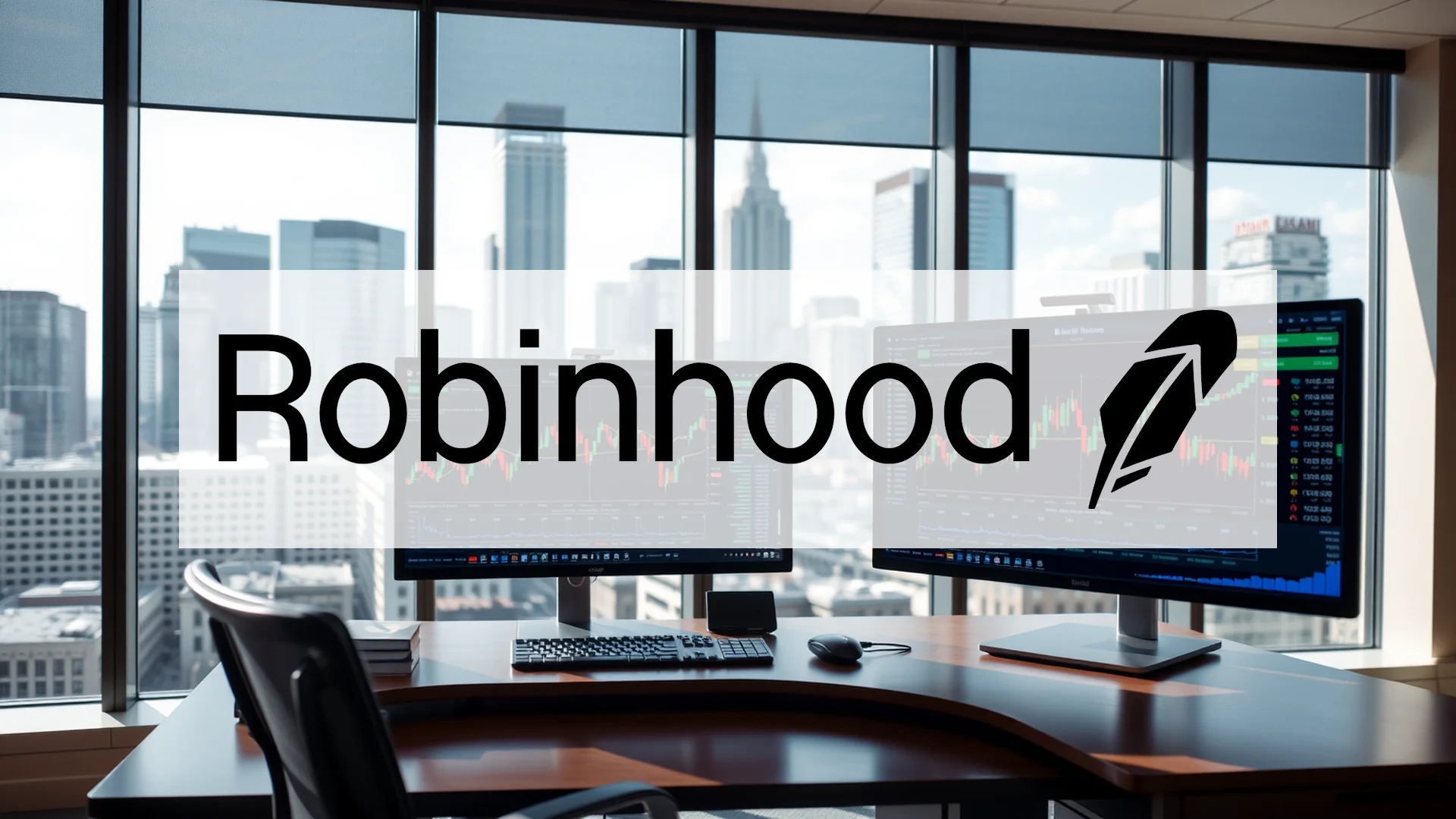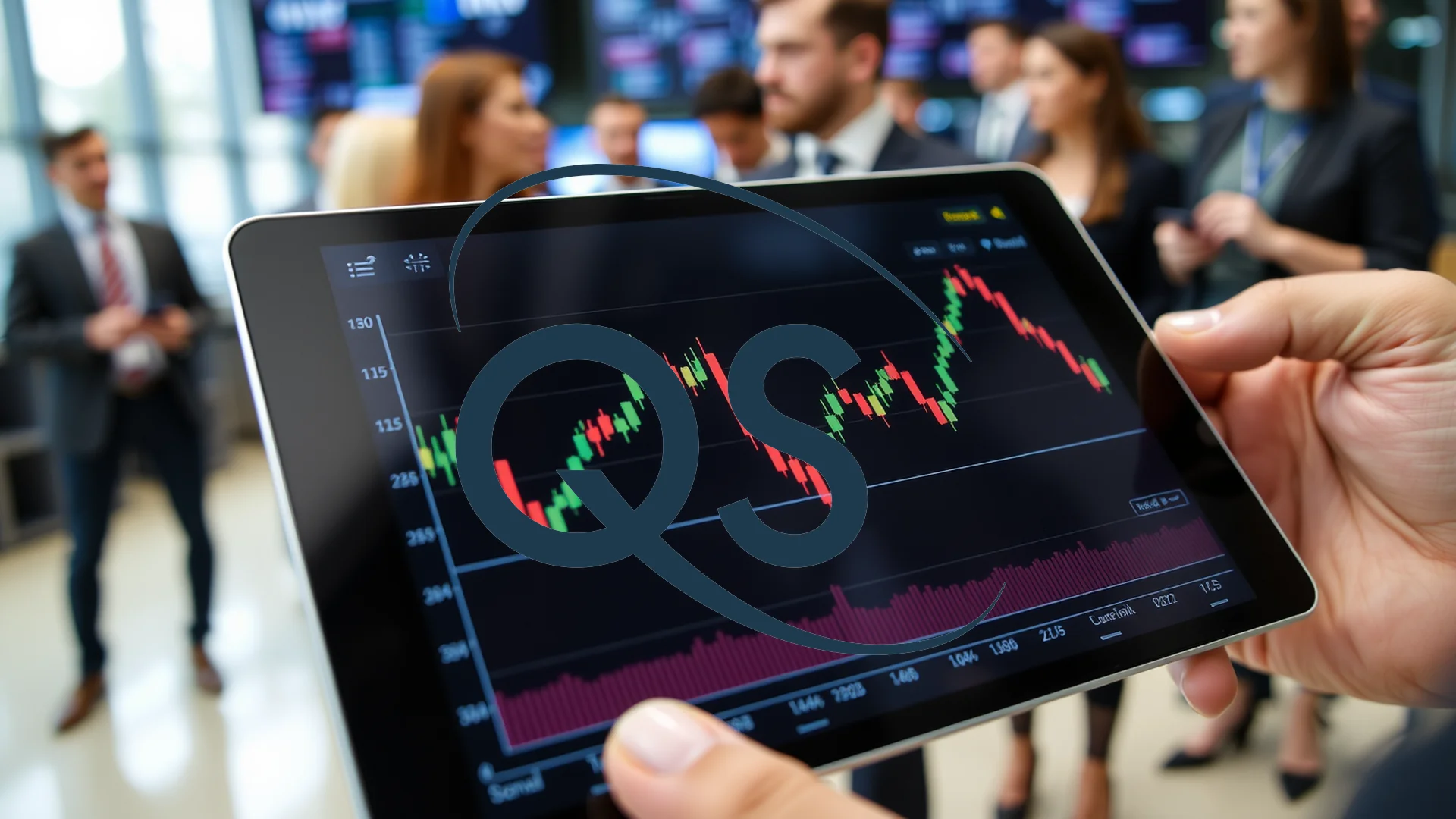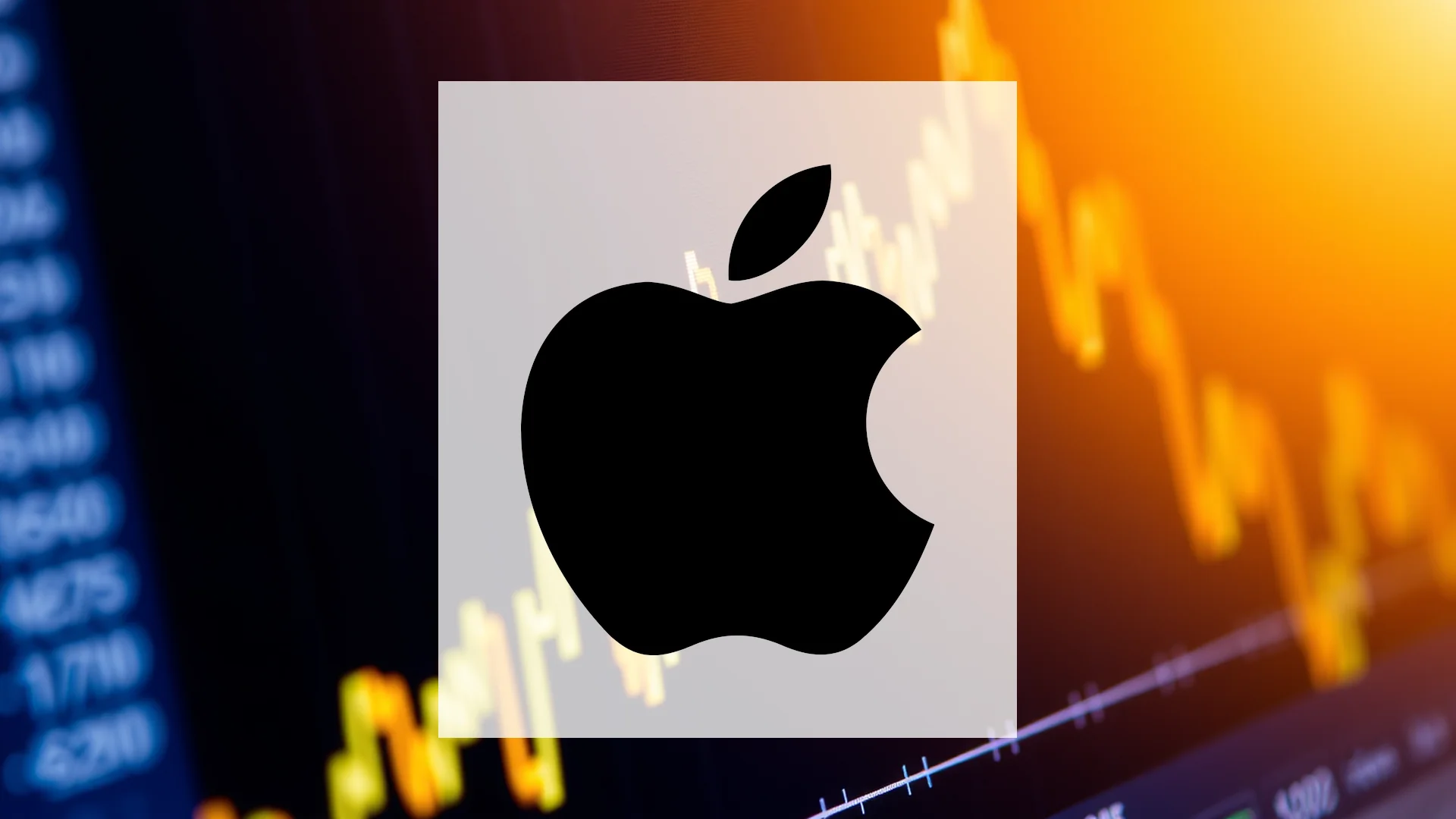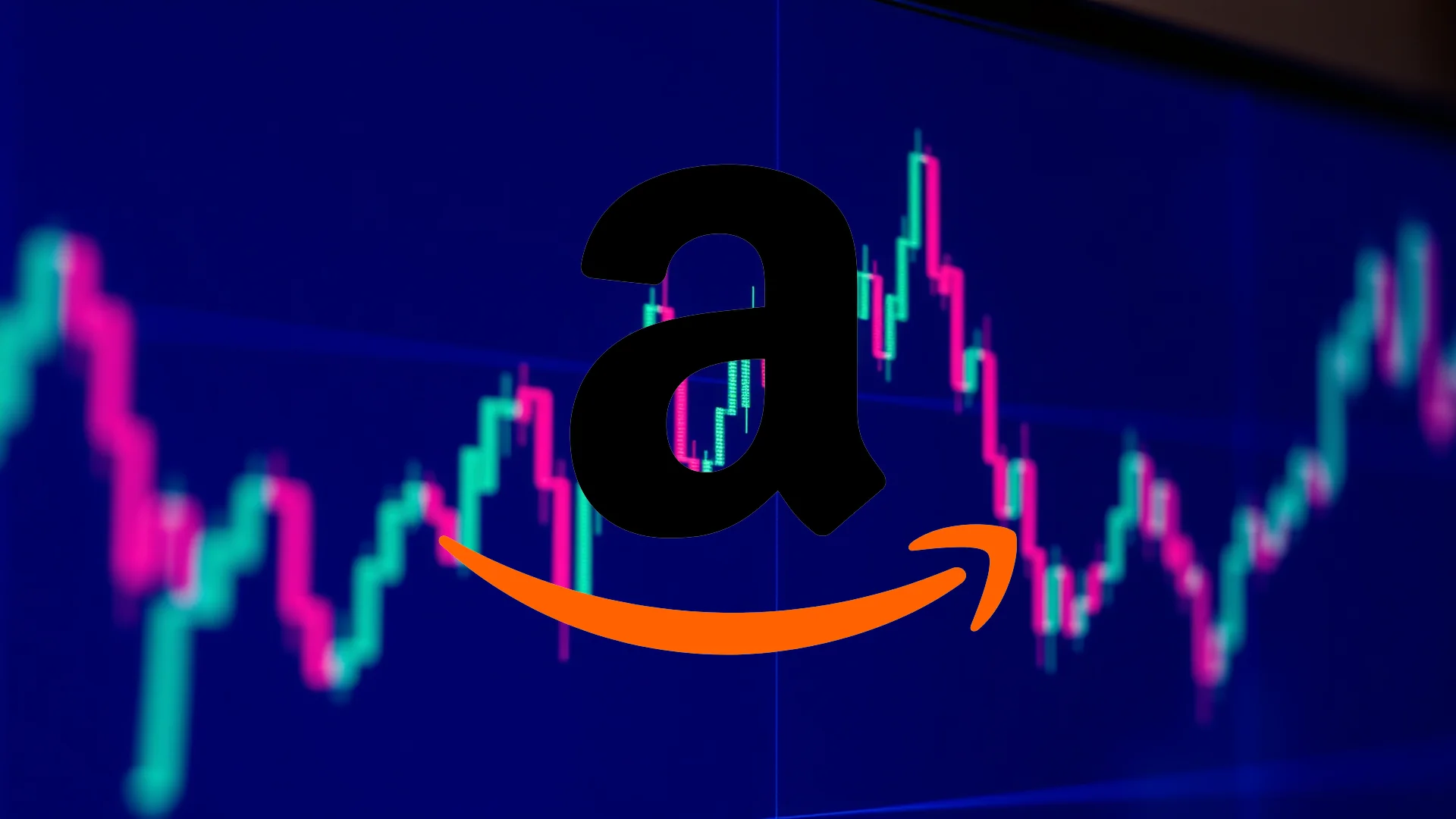When a company delivers performance that shatters every forecast, conventional wisdom suggests its shares should be rewarded. Robinhood Markets, Inc. presented exactly this scenario with its third-quarter earnings, yet witnessed its stock price plummet nearly 11%. This paradoxical market reaction has left investors grappling with a fundamental question: can a business be too successful?
Stellar Financial Performance
The quarterly financial statements revealed metrics that would typically trigger investor enthusiasm. Revenue more than doubled, reaching $1.27 billion. Earnings per share came in at $0.61, significantly surpassing the $0.53 consensus estimate. Most strikingly, net income skyrocketed 271% to $556 million. The platform’s monetization also showed remarkable improvement, with average revenue per user climbing 82% to $191.
Cryptocurrency: The Primary Growth Engine
Digital asset trading emerged as the undeniable powerhouse behind this explosive growth. Revenue from cryptocurrency transactions surged by over 300%, achieving $268 million and reinforcing Robinhood’s standing as a premier destination for crypto investors. Traditional investment segments also posted substantial gains: equity trading volume increased 132%, while options activity rose 50%. Total assets under custody grew to $333 billion, representing a 119% year-over-year expansion.
The Hidden Costs of Expansion
Beneath these headline-grabbing numbers lay the root of the market’s skepticism. Operating expenses climbed 31% to $639 million, driven largely by marketing initiatives and the acquisition of cryptocurrency exchange Bitstamp. More concerning to analysts was the company’s decision to raise its 2025 expense forecast to $2.28 billion. These figures suggest that Robinhood’s impressive growth comes at a significant cost, raising questions about its long-term profitability and spending discipline.
Should investors sell immediately? Or is it worth buying Robinhood?
Emerging Business Verticals Show Promise
Beyond its core trading operations, Robinhood is cultivating new revenue streams. The prediction markets segment has demonstrated extraordinary momentum, with volume doubling each quarter since its launch one year ago. In October alone, the platform facilitated 2.5 billion event contracts—more than the entire third-quarter volume. CEO Vlad Tenev acknowledged this trajectory, stating, “The prediction markets are truly on fire.” Through Robinhood Ventures and other strategic expansions, the company continues to pursue aggressive growth across multiple fronts.
Analyst Outlook and Market Performance
Despite the post-earnings selloff, analytical sentiment remains largely positive. Citizens JMP Securities maintained its “Market Outperform” rating with a $132.65 price target, implying potential upside exceeding 13%. Year-to-date, Robinhood shares have still delivered a remarkable 193% return, positioning it among the top performers in the S&P 500 index.
The critical uncertainty facing investors is whether the recent price decline represents a temporary market correction or the beginning of a broader trend reversal. With record trading volumes recorded in October and consistently growing user metrics, evidence suggests the former. However, this episode serves as another reminder that even exceptional financial results provide no guarantee of immediate share price appreciation.
Ad
Robinhood Stock: Buy or Sell?! New Robinhood Analysis from December 26 delivers the answer:
The latest Robinhood figures speak for themselves: Urgent action needed for Robinhood investors. Is it worth buying or should you sell? Find out what to do now in the current free analysis from December 26.
Robinhood: Buy or sell? Read more here...










